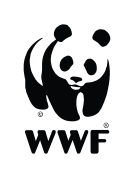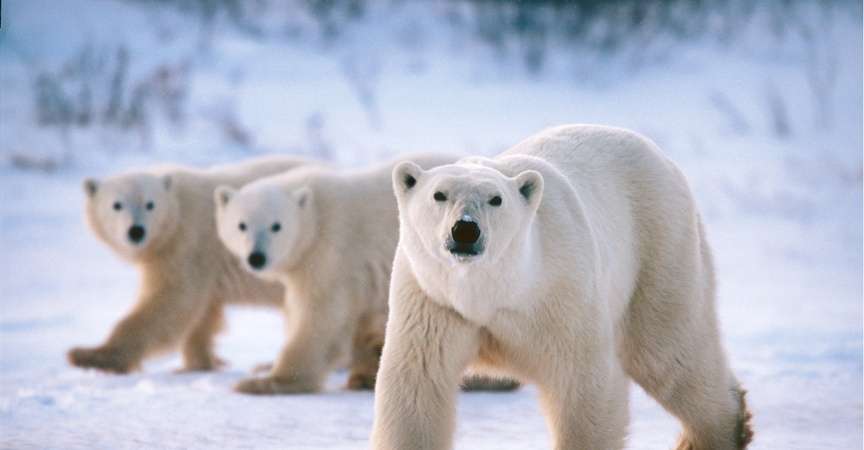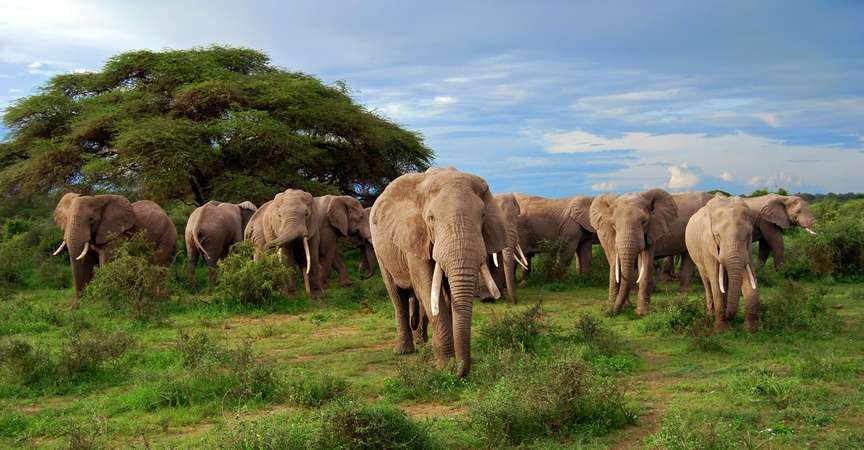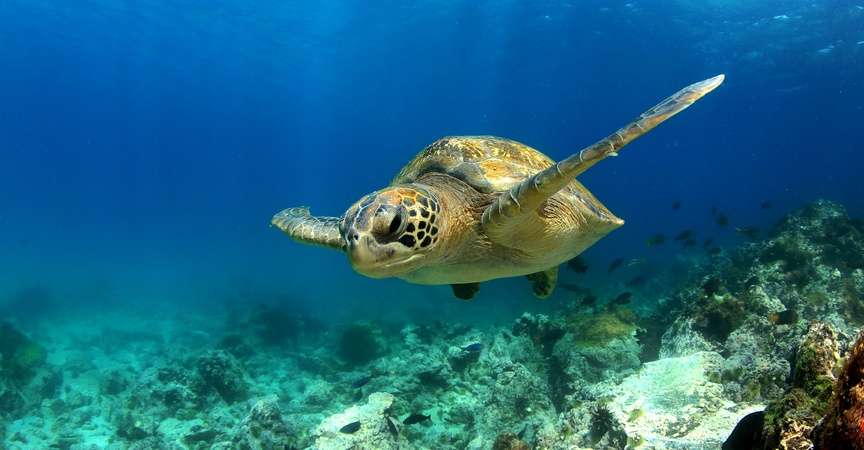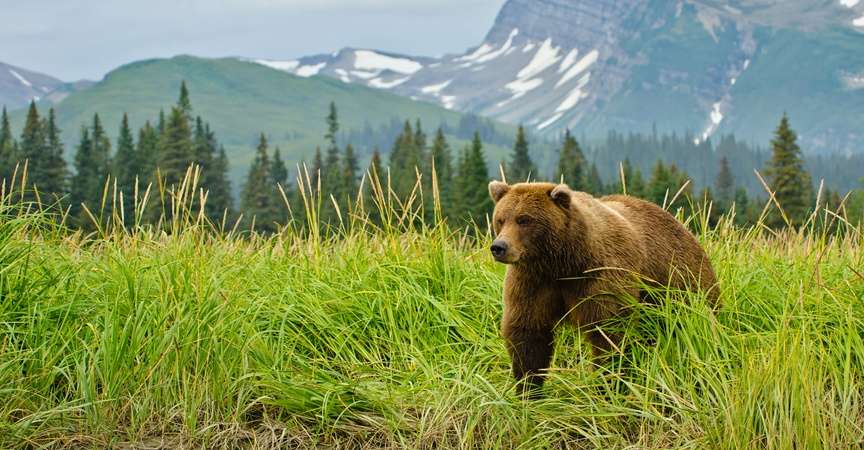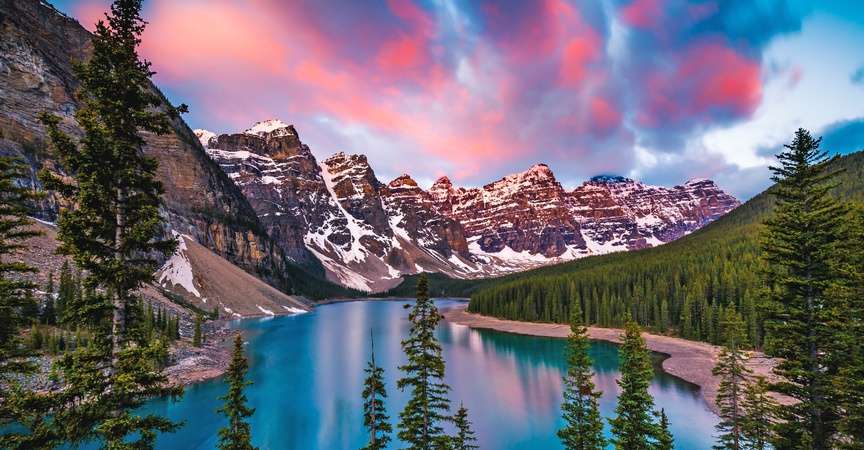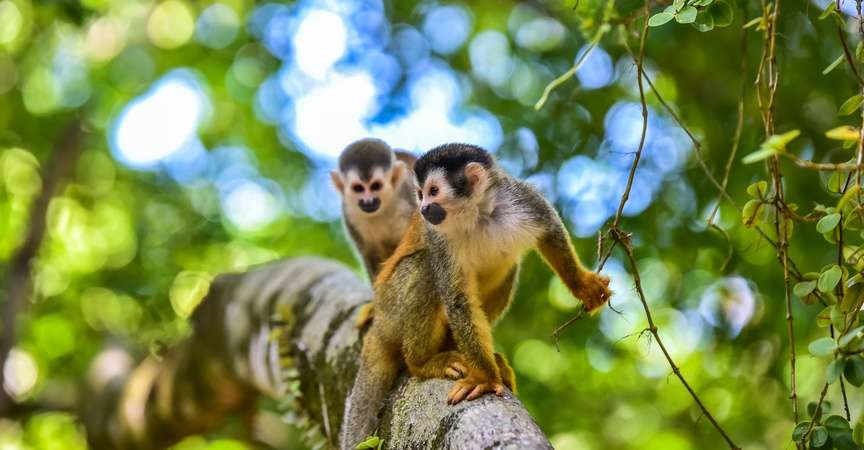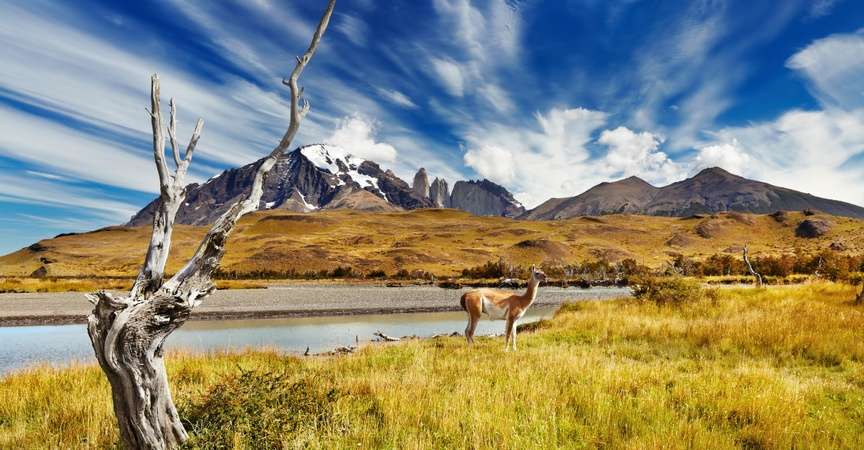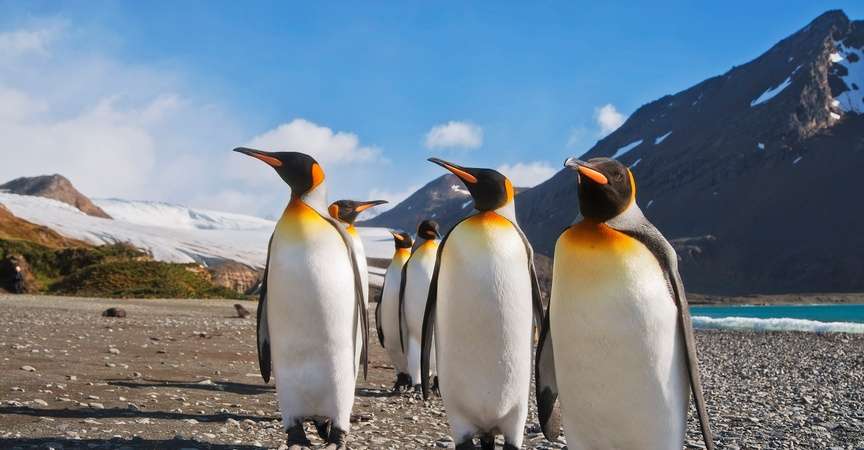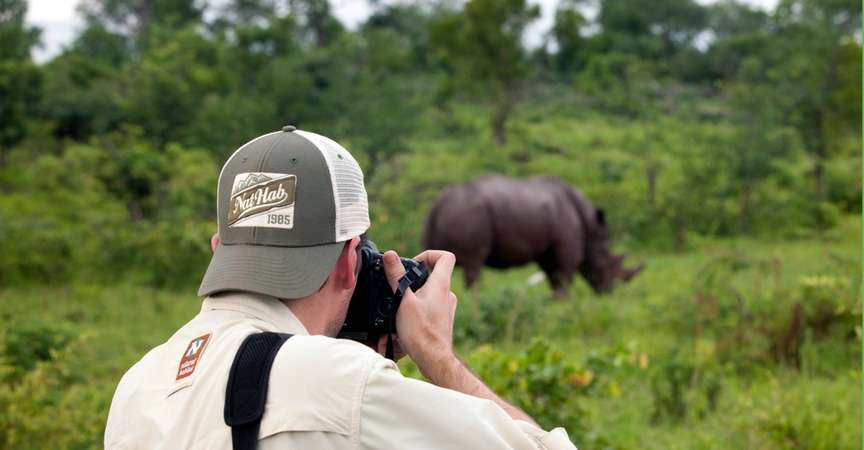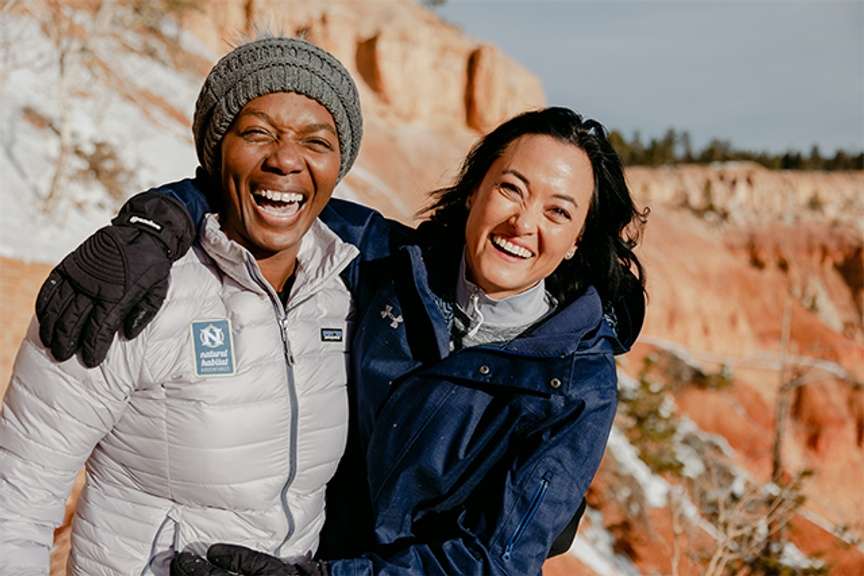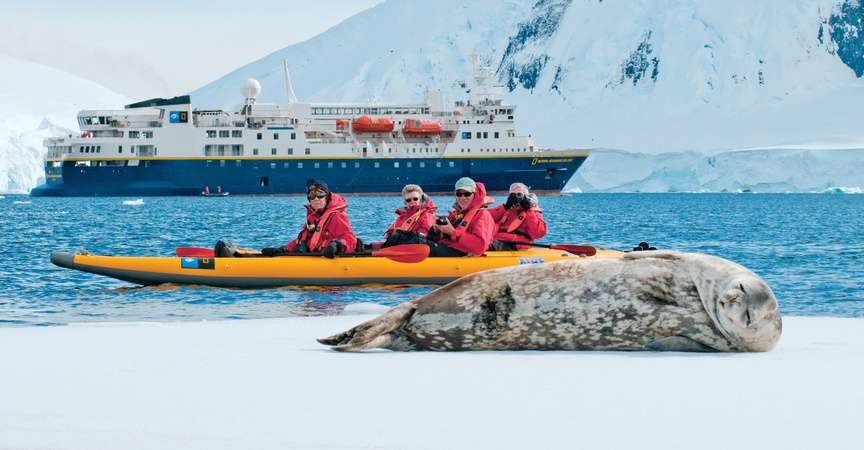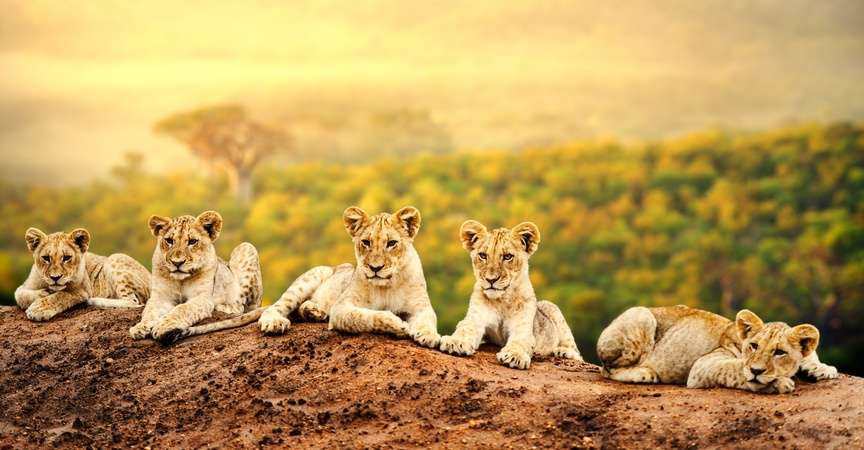Rare Comfort on the Edge of the Arctic, Natural Habitat Adventures Expands Base Camp Greenland
 Nine-day programs run weekly from early August through early September. The all-inclusive rate is from $9,995 per person, double occupancy. Armchair adventures and potential guests can now preview the Base Camp experience in a recently released video. This professionally produced footage was shot on location in and around Base Camp Greenland in August 2015. It provides a feel for the essence of the East Greenland wilderness as experienced from Base Camp Greenland.
Nine-day programs run weekly from early August through early September. The all-inclusive rate is from $9,995 per person, double occupancy. Armchair adventures and potential guests can now preview the Base Camp experience in a recently released video. This professionally produced footage was shot on location in and around Base Camp Greenland in August 2015. It provides a feel for the essence of the East Greenland wilderness as experienced from Base Camp Greenland. Now open to 15 guests through a recent expansion, Base Camp Greenland is unique to Natural Habitat Adventures. From Base Camp, which was established in summer 2015, guests engage in guided exploration by boat, Zodiac, kayak and on foot. Two Expedition Leaders, who are versed in Greenland’s natural and cultural history, supervise outings and often divide the group up depending on interests and physical ability. Local guides assist with kayaking and Zodiac excursions, lending further insight and perspective.
 Getting here is part of the fun. Guests fly from Reykjavik, Iceland, where the trip begins, to Kulusuk, Greenland. Here they board a helicopter for a short, scenic transfer to Tasiilaq, flying over jagged peaks, fjords and icebergs, with possible whale sightings below. Camp is accessed from Tasiilaq via boat or helicopter, depending on local weather and ice conditions.
Getting here is part of the fun. Guests fly from Reykjavik, Iceland, where the trip begins, to Kulusuk, Greenland. Here they board a helicopter for a short, scenic transfer to Tasiilaq, flying over jagged peaks, fjords and icebergs, with possible whale sightings below. Camp is accessed from Tasiilaq via boat or helicopter, depending on local weather and ice conditions.Great care has been taken to locate Base Camp Greenland to provide a genuine wilderness experience. No other tourist facilities exist in the area, and other than a small Inuit subsistence hunting community 20 minutes away by boat from camp, there is no other human presence. The environment here dominates, and guests encounter it on a variety of activities. On Zodiac outings in Sermilik Fjord, they witness massive icebergs as climate change accelerates glacial melting. They step ashore on uninhabited islands and hike over wild terrain (there are no trails) for magnificent views, keeping an eye out for miniature wildflowers and Arctic fox. Bobbing seals and perhaps a spouting whale may emerge on guided sea kayak excursions.
 In both Tasiilaq, where the group initially arrives in East Greenland, and in the small village of Tinit nearer to camp, guests meet local Inuit people and learn about their history, culture and enduring traditional ways of life. A visit to the community museum is included in Tasiilaq. As tourism is nascent and limited here, encounters are uncontrived, authentic and personal.
In both Tasiilaq, where the group initially arrives in East Greenland, and in the small village of Tinit nearer to camp, guests meet local Inuit people and learn about their history, culture and enduring traditional ways of life. A visit to the community museum is included in Tasiilaq. As tourism is nascent and limited here, encounters are uncontrived, authentic and personal.Located in one of the most remote places on the planet, Nat Hab’s Base Camp Greenland offers guests amenities usually reserved for far more civilized locales. Modeled on an African safari camp, accommodations are in individual tent cabins that house two persons each. Each spacious cabin is warmed by an individual heater that is welcome on chilly nights. Cabins have twin beds outfitted with duvets and pillows, a sitting bench, carpet runner, hanging clothing storage and en suite dry toilet and washbasin. Hot showers are available in a separate gender-segregated bath house. Though the Arctic summer offers long hours of daylight, cabins also have interior light provided by small individual battery-operated lanterns. Each cabin also has a private veranda where, over drinks chilled with chips of 10,000-year-old-ice straight from the Greenland ice sheet, they can imbibe the panorama of the Greenland wilderness. A common room, which houses the kitchen and dining area and serves as a lecture space for presentations, is the social hub. The camp chef prepares meals from fresh and varied ingredients arriving regularly.
 The camp’s footprint is minimal, with tents cabins built on raised platforms. Camp facilities are set up for two months in the summer and taken down at the end of each season to reduce impact; only a storage shed remains on site. In order to accomplish this, water piping and plumbing systems must be relatively simple and located in only one building—thus the shower block that is separate from the individual cabins. Only biodegradable soap is used in the kitchen and showers.
The camp’s footprint is minimal, with tents cabins built on raised platforms. Camp facilities are set up for two months in the summer and taken down at the end of each season to reduce impact; only a storage shed remains on site. In order to accomplish this, water piping and plumbing systems must be relatively simple and located in only one building—thus the shower block that is separate from the individual cabins. Only biodegradable soap is used in the kitchen and showers.
This press release was originally published by Widness & Wiggins PR.
